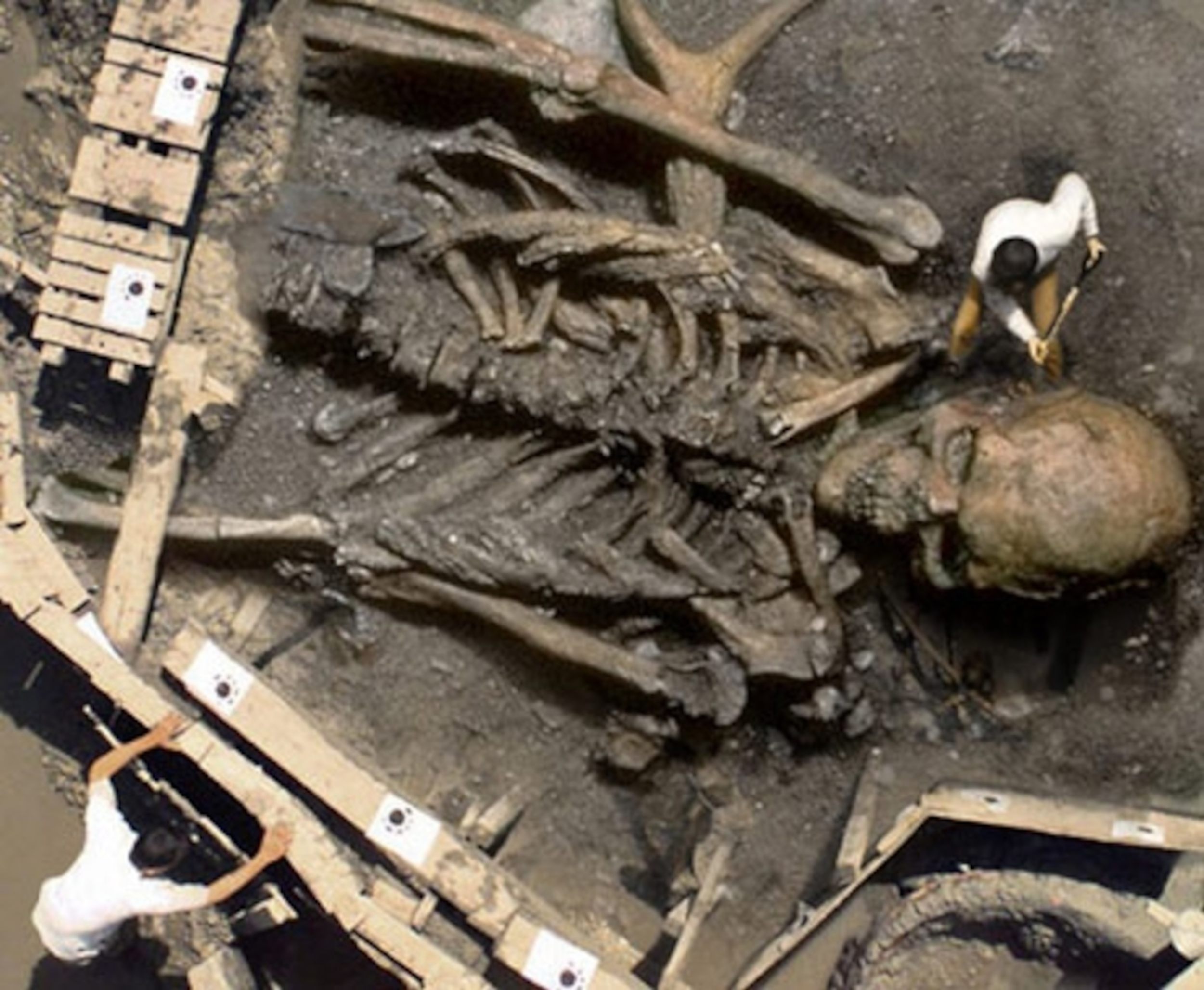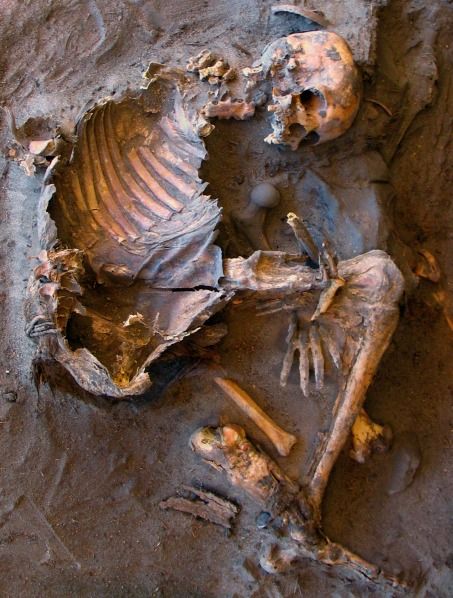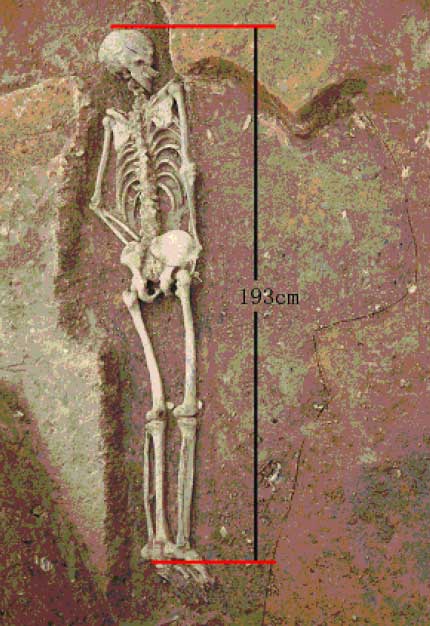:focal(534x118:535x119)/https://tf-cmsv2-smithsonianmag-media.s3.amazonaws.com/filer/10/7e/107e5fb6-bb67-46b4-89be-c4cc7aac654f/queen_and_byrne.jpg)
The Hunterian Museum, run by the Royal College of Surgeons of England, contains approximately 3,500 anatomical oddities and medical specimens amassed by its namesake, 18th-century surgeon John Hunter. Looming over the collection is the 235-year-old skeleton of Charles Byrne, the so-called “Irish Giant.”

The problem is, Byrne had no desire to have his remains turned into a museum display. In fact, he specifically asked for that to never happen. Over the last decade, advocates for repatriation have increasingly put pressure on the Hunterian to observe to Byrne’s final wishes and release his bones for burial.
Now, reports Hannah Devlin at The Guardian, the museum — which is currently closed to the public for a three-year refurbishment — has stated its board of trustees will meet to discuss what to do about the controversial bones.

Byrne’s story is a tragic one. Born in 1761 in what is now Northern Ireland, he experienced massive growth spurts due to acromegalic gigantism —the same condition that Andre the Giant lived with— which causes abnormal growth.
By early adulthood, Byrne’s towering size had made him become somewhat of a celebrity. He even went on a tour of the British Isles, amassing some money from presenting himself as a curiosity. But at the age of 22, he suffered a tuberculosis flare up, and his health began to fail.
Hunter, the London surgeon and anatomist, saw a scientific opportunity in Byrne’s failing health. He propositioned Byrne, telling him that he would pay to own his corpse. Horrified by the idea, Byrne instructed friends to bury him at sea when he died to prevent his bones from being taken by grave robbers.
Hunter was not the only one who wanted Byrne’s remains. When Byrne died in 1783, one contemporary newspaper account reported “a whole tribe of surgeons put in a claim for the poor departed Irishman,” adding that they gathered around his house “just as harpooners would an enormous whale.”
